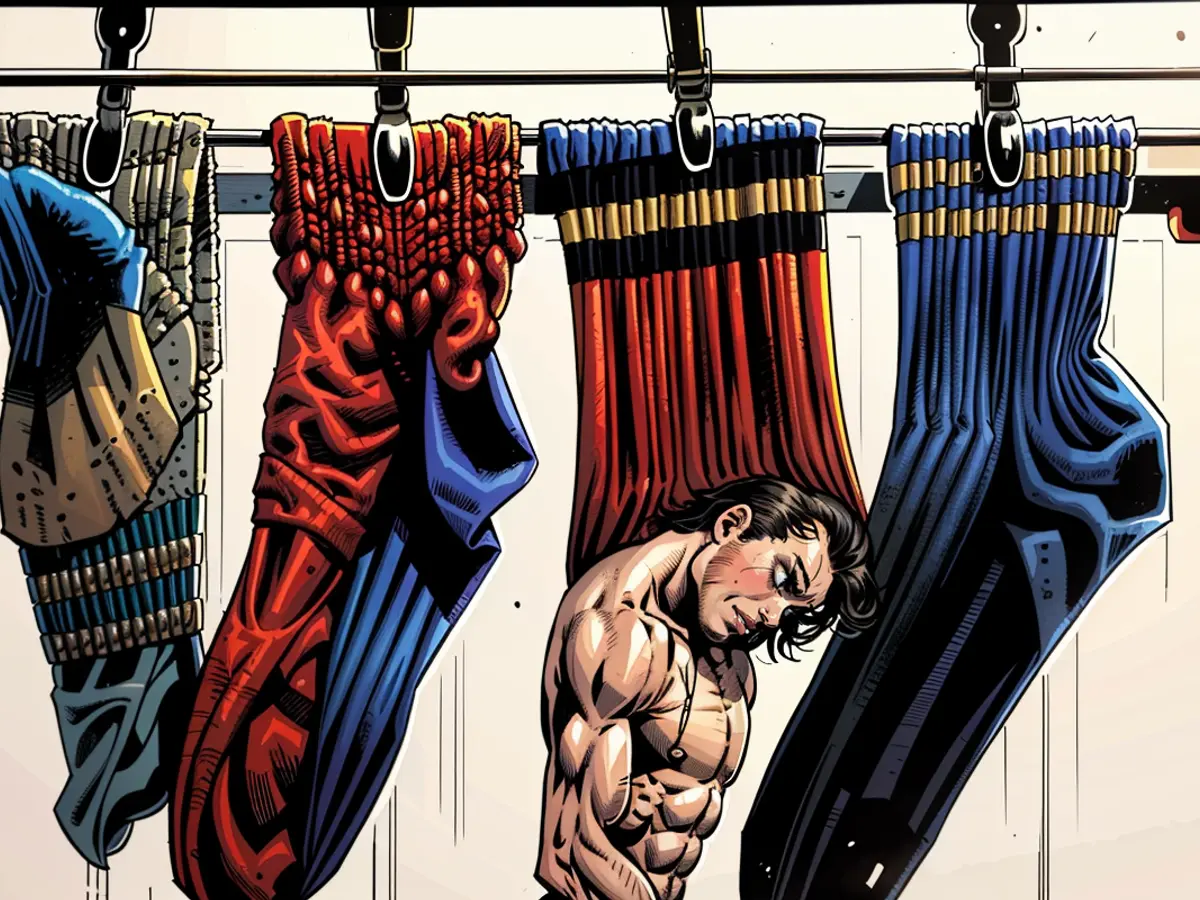Working world - Study: Want and Reality in Childcare for Two
At the distribution of Childcare and household chores in partnerships, there is a gap between desire and reality, according to a study by the Federal Institute for Population Research (BiB) in Wiesbaden and the German Institute for Economic Research (DIW) in Berlin. The study was based on the family demographic panel "FReDa" (2021) with 30,000 interviewees in Germany between the ages of 18 and 49.
According to the study, significantly more women and men prefer a model where both parents work approximately 30 hours per week. A model where both have full-time jobs is also often considered ideal, but less lived out. Conversely, arrangements where the father is fully employed and the mother does not work or only works part-time are significantly less popular than they occur in reality. Mitauthor Elena Ziege explained: "These two employment constellations are much less popular as ideal than they are in reality."
Differences between East and West
The study shows that there is more approval for equally distributed working hours in East Germany. A full-time employment of both parents is particularly often advocated for, depending on the age of the child, up to 62 percent in the East and up to 38 percent in the West. However, significantly fewer parents actually implement this model, with a maximum of 43 percent in the East and fewer than 16 percent in the West.
The model with 30 weekly working hours for both father and mother is considered ideal by up to 30 percent in the East of the study and up to 27 percent in the West. In reality, it plays a role in both regions with a maximum of six percent in all job distributions in partnerships.
Influence of tax splitting and minijobs
A significant reason for the deviation from equal sharing of work and childcare is, according to Katharina Wrohlich from the DIW, the interplay of tax splitting, minijobs, and contribution-free co-insurance in statutory health insurance. In addition, there is the tendency towards a wage gap between women and men. According to the statements, a "Two-Earner Model," where the man works full-time and the woman has a minijob, is financially most attractive at the net hourly income.
According to BiB Director Spieß, in addition to a reform of the currently politically discussed tax splitting and a comprehensive abolition of minijobs, more kindergarten places must be created and the expansion of all-day schools accelerated.
- Despite the preference for equal sharing of childcare and work hours in partnerships, the reality often differs, as revealed by a study conducted by BiB in Wiesbaden and DIW in Berlin.
- The study, based on the family demographic panel "FReDa" with 30,000 interviewees in Germany, found that both men and women favor models where both parents work part-time.
- In contrast, traditional arrangements with the father working full-time and the mother working part-time or not at all are less popular but more prevalent in reality, according to the study's author, Mitauthor Elena Ziege.
- The study found that there is more approval for equal working hours in Eastern Germany compared to Western Germany.
- In Eastern Germany, a full-time employment of both parents is particularly advocated for, reaching up to 62 percent, but significantly fewer parents actually implement this model.
- Influencing factors for the deviation from equal sharing of work and childcare include tax splitting, minijobs, and contribution-free co-insurance in statutory health insurance, as well as the wage gap between men and women.
- According to DIW's Katharina Wrohlich, a "Two-Earner Model," where the man works full-time and the woman has a minijob, is financially most attractive due to current tax systems.
- BiB Director Spieß suggests that, besides reforming tax splitting and abolishing minijobs, more kindergarten places and the expansion of all-day schools are necessary to promote equal sharing of childcare and work in society.






